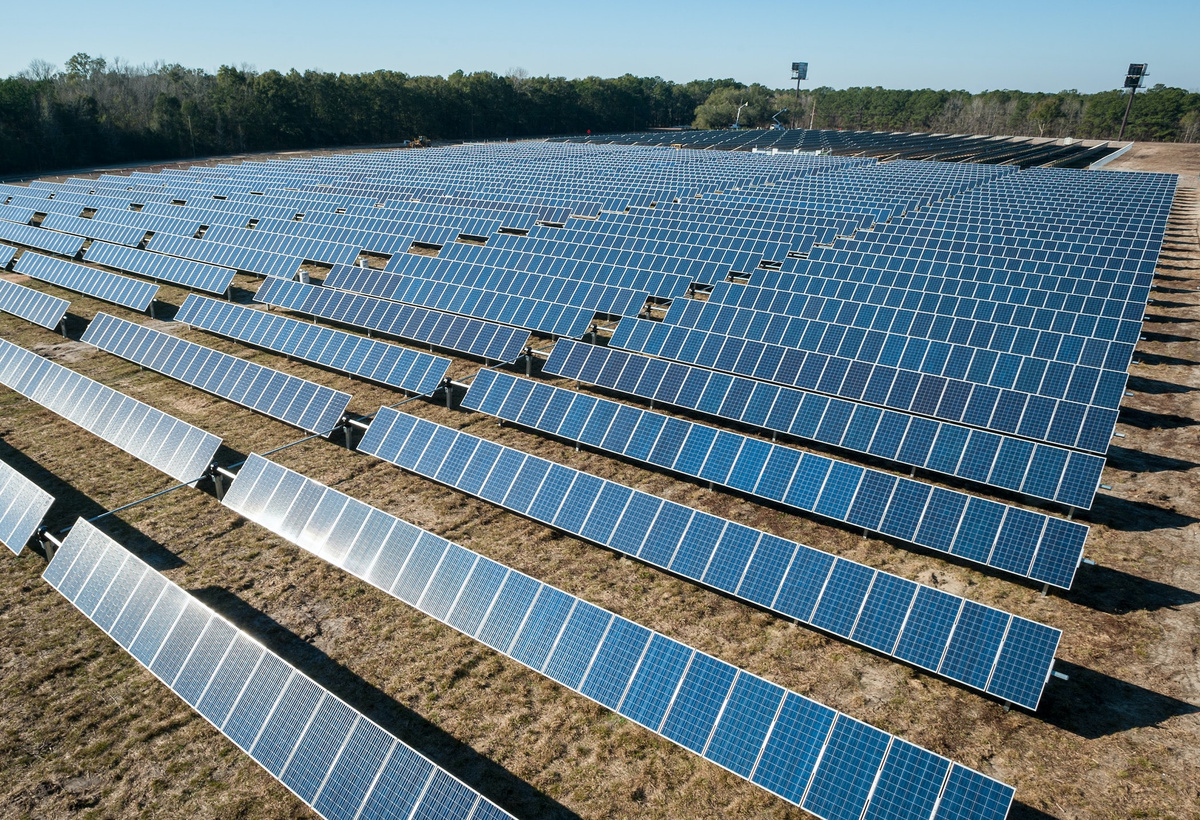The Addition of Graphene and Metal or Metal Oxide-Modified Graphene to Improve Organic Solar Cells
The addition of graphene or metal-graphene to organic polymer solar cells improves energy production without high silicon costs
Presently, organic solar cells are extremely expensive due to the materials used. Additionally, they are inefficient due to a large amount of energy lost in the production process. This discovery offers an improvement in both cost and efficiency.
Researchers at Stony Brook University have discovered that the addition of graphene and metal or metal oxide-modified graphene can significantly improve the performance of organic polymer solar cells. The addition of graphene, metal-graphene, with and without additional polymers, increases organic polymer solar cell layer organization, thereby increasing its performance. This has potential to create a usable organic polymer solar cell that can deliver significant energy production without the high costs of solar-grade silicon.
 Source: American Public Power Association, unsplash.com/photos/fm5_vCUa-Bc, Unsplash Licence
Source: American Public Power Association, unsplash.com/photos/fm5_vCUa-Bc, Unsplash Licence
Increased organic polymer solar cell layer organization, thereby increasing its performance - Potential to create a usable organic polymer solar cell that can deliver significant energy production without the high costs of solar-grade silicon
The creation of more efficient and cheaper solar panels.
Patented
Prototype under development. PCT Publication No. WO 2015-143353
Patent under option. Stony Brook are seeking to develop and commercialize by an exclusive or non-exclusive license agreement and/or sponsored research with a company active in the area.
Development partner - Commercial partner - Licensing
Additional Information:
Patent Information:
| App Type |
Country |
Serial No. |
Patent No. |
Patent Status |
File Date |
Issued Date |
Expire Date |
|